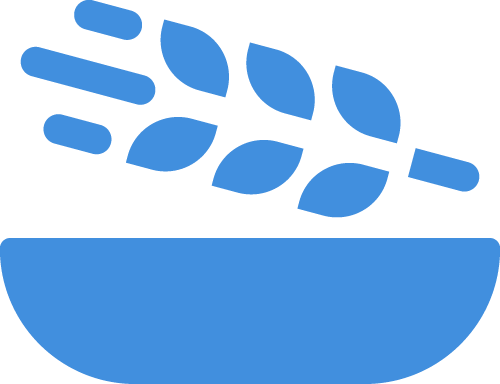
Distribution of immediate, life-saving assistance is one of the most urgent actions to be taken in an emergency response, and can significantly improve the safety and well-being of children. Furthermore, the way in which food and other relief items are distributed has a significant effect on the threats experienced by women and children.
Standard: All children affected by humanitarian crises live in food secure environments that mitigate and respond to child protection risks (CPMS, 2019)
⇒Download a printable risk assessment summarising the guidelines below
Integrate
- Work with child protection staff to assess protection issues relating to food distributions
- Coordinate with child protection actors to identify children at risk
- Consider working with child protection actors to set up a ‘child friendly’ desk at registration points, enabling registration of and response to unaccompanied or separated children
Keep children safe and avoid causing harm
Understand the context
- Which child protection issues are affecting children in the community?
- What coping strategies are families currently using to meet their basic needs?
- How will our project interact with these?
Reduce risks of harm within projects
- Make sure the distribution site is safe, with no physical dangers for children
- Minimise crowding through scheduling and adequate supervision
- Ensure that children are not left unattended while parents/caregivers access distributions (through appropriate timing and/or childcare provision)
- Ensure project staff and volunteers have signed up to and been trained in a code of conduct or other policy which covers child safeguarding
- Consider ways to mitigate tension with host communities (e.g. by including them in the project)
- Ensure that the principle of non-conditionality is well-known and understood by project staff and the community
Reduce risk of exacerbating existing protection risks
- Ensure that there are safe, clearly-marked and frequently-used routes to distribution sites and that women and children are not required to travel long distances, or after dark
- Hire both male and female staff members to work with communities, and rotate distribution teams
- Design queuing arrangements to ensure that children are not separated from parents, and include a lost child help zone
Ensure children’s access to assistance
Avoid targeted assistance based on blanket categories of children (such as ‘separated children’ or ‘children formerly associated with armed forces or armed groups’). Where possible and appropriate, it is advisable to distribute as widely as possible to affected populations, and to ensure that thorough distribution processes reach the most vulnerable groups in need of help.
Make sure the most at-risk children are accessing services
- Develop clear eligibility criteria which reach the most vulnerable, are fair and equitable, and understood by beneficiaries and the community
- Ensure that unaccompanied and separated children have their own ration cards
Adapt programming to remove barriers to access
- Provide shade or safe places at distributions for mothers with babies and young children
- Set up separate waiting and entry lines at registrations and distributions for vulnerable individuals such as pregnant women, people with infants, unaccompanied children and children with disabilities
- Develop alternative means of distribution for those with difficulty accessing distribution sites
- Include specific items for children and pregnant and breastfeeding women
Include feedback and participation
- Consult affected populations on the acceptability, familiarity and appropriateness of food and non-food items and on their views on safety within the project
- Provide clear and accurate information about distribution services
- Set up an accessible and confidential complaints and feedback mechanism, where violations and abuses in distributions can be reported
Respond effectively and appropriately to incidents of abuse
- Train staff in recognising and referring cases of abuse
- Link survivors to appropriate support services
Strengthen systems and help children to claim their rights
- Know where to refer children and caregivers in need of other services such as healthcare, education and psychosocial support
Monitor and evaluate
- Check that food and distributions are reaching the most at-risk children by collecting data disaggregated by age, gender and specific community, and by gathering feedback
- Include the safety of the affected population as a sub-objective of each distribution intervention
Sample objectives and indicators:
- % of surveyed beneficiaries of distributions who confirm that their safety and wellbeing and that of their children were not compromised by the distribution
- Existence of non-food items (NFI) specific to boys and girls of different ages within the NFI distribution plans
- % Staff who have signed and been trained on a basic child safeguarding policy
Key references, standards and guidelines
These guidelines are based on:
- Minimum Standards for Child Protection in Humanitarian Action Standard 21: Food security and child protection
- Minimum Inter-Agency Standards for Protection Mainstreaming (WVI)
- Humanitarian Charter & Minimum Standards in Humanitarian Response (SPHERE)
